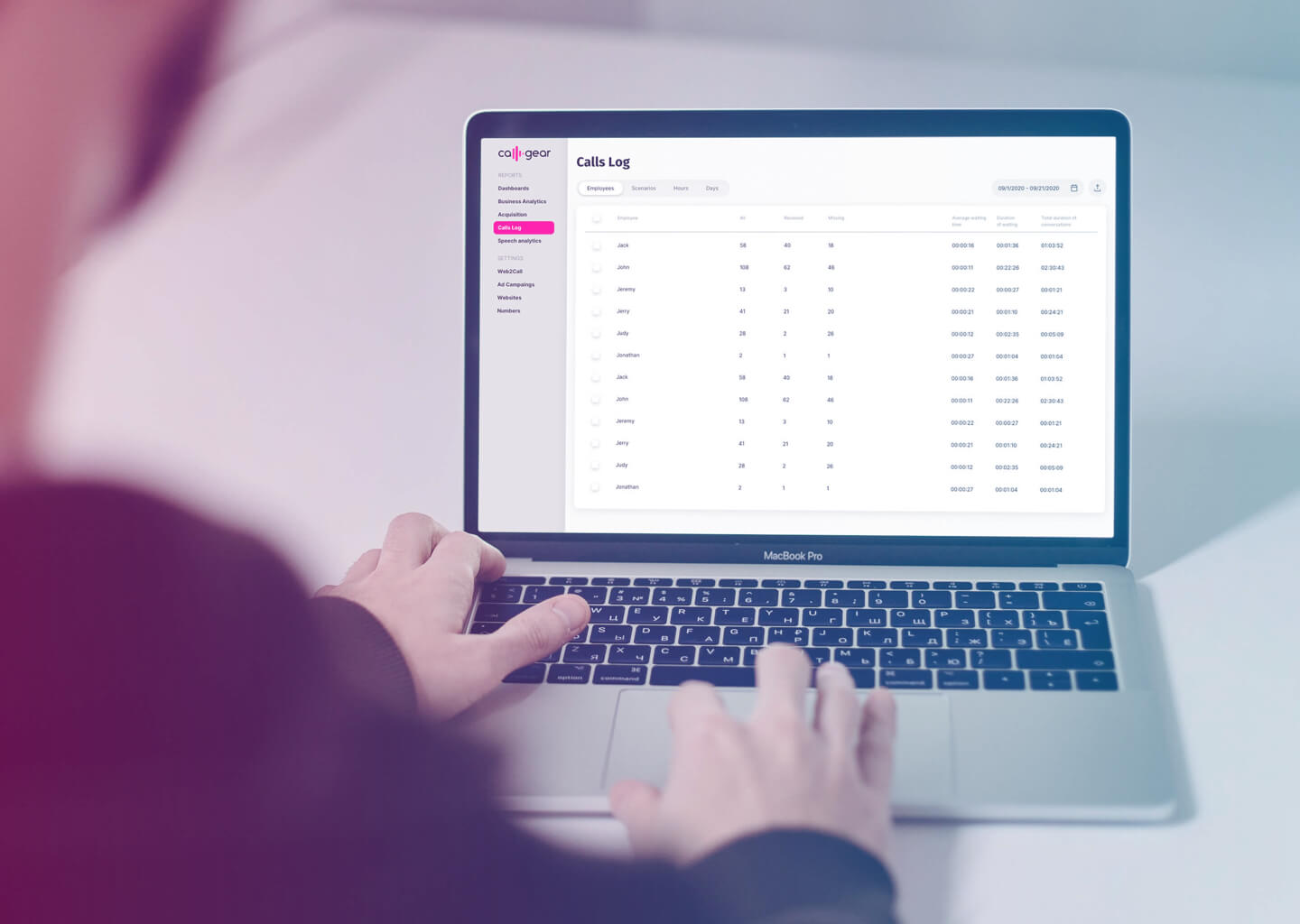IP Telephony for Real Estate: How to Increase Call Center Productivity 1.5X without Increasing your Staff – “PIK-Arenda” Case Study
For any call center, it’s extremely important that operators are not idle during work hours. This could result in a negative experience for the client and frustration for the managers. But how do you know which employees are missing calls? Or which are underperforming? This is especially difficult to track when working remotely. One company that connected the CallGear cloud call center was able to face and conquer these problems head on.
Customer
PIK-Arenda, a PIK Group subsidiary, is an apartment leasing and rental service. The convenience of the service is that a potential tenant can view an apartment at any time without having to actually meet with the owner. For safety reasons, code locks and video cameras are installed in all apartments. The call center employee “accompanies” the future tenant by answering questions over the phone and guiding them through the process.
Problem
The major issue for PIK was that while the employees worked remotely, the company did not have the proper tools to monitor their work, which hindered call center efficiency. There were complaints about the support department because it was very difficult to get through to an operator. For outgoing calls, employees waited on the line for only 10-15 seconds, after which they dropped the call and gave up.
PIK had two goals in mind:
- Increase the percentage of employee utilization from 14% to 30%
- Improve customer service and increase the percentage of successful calls to the company.
Solution
Instead of having to hire more employees, the company implemented a cloud call center from CallGear.

The CallGear online dashboard helped keep the support department running smoothly. Phone call and employee metrics were tracked in real time, meaning:
- Call statistics and information about each employee were visible immediately, as opposed to after the workday. Due to this, we were able to increase the speed of processing tasks, allocate a separate incoming line, and began to regulate the number of employees online, depending on the estimated workload.
- The call supervisor could see the current status of the operator, the time of the last call, and the average duration of the call. These indicators were needed to immediately identify difficulties in the workplace and eliminate them.
- For outgoing calls, we set a regulated dial-up time of 40 seconds (which became easy to track) and immediately increased the percentage of successful dial-ups.
- We also regulated the average time of a conversation with a client. Now the operator could spend more time on calls with a higher conversion rate.
Result
Call center productivity increased 1.5X without changes in processes and automation. Inefficient employees were laid off or transferred to other departments. This reduced the costs of payroll by 40%.
The quality of customer service and the level of satisfaction with the service increased significantly.